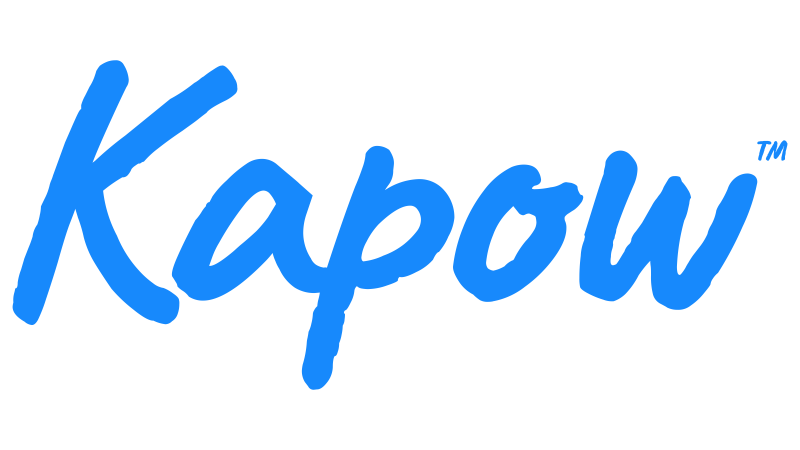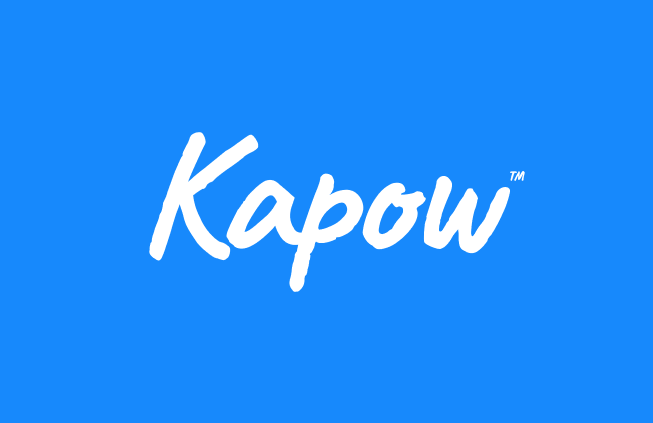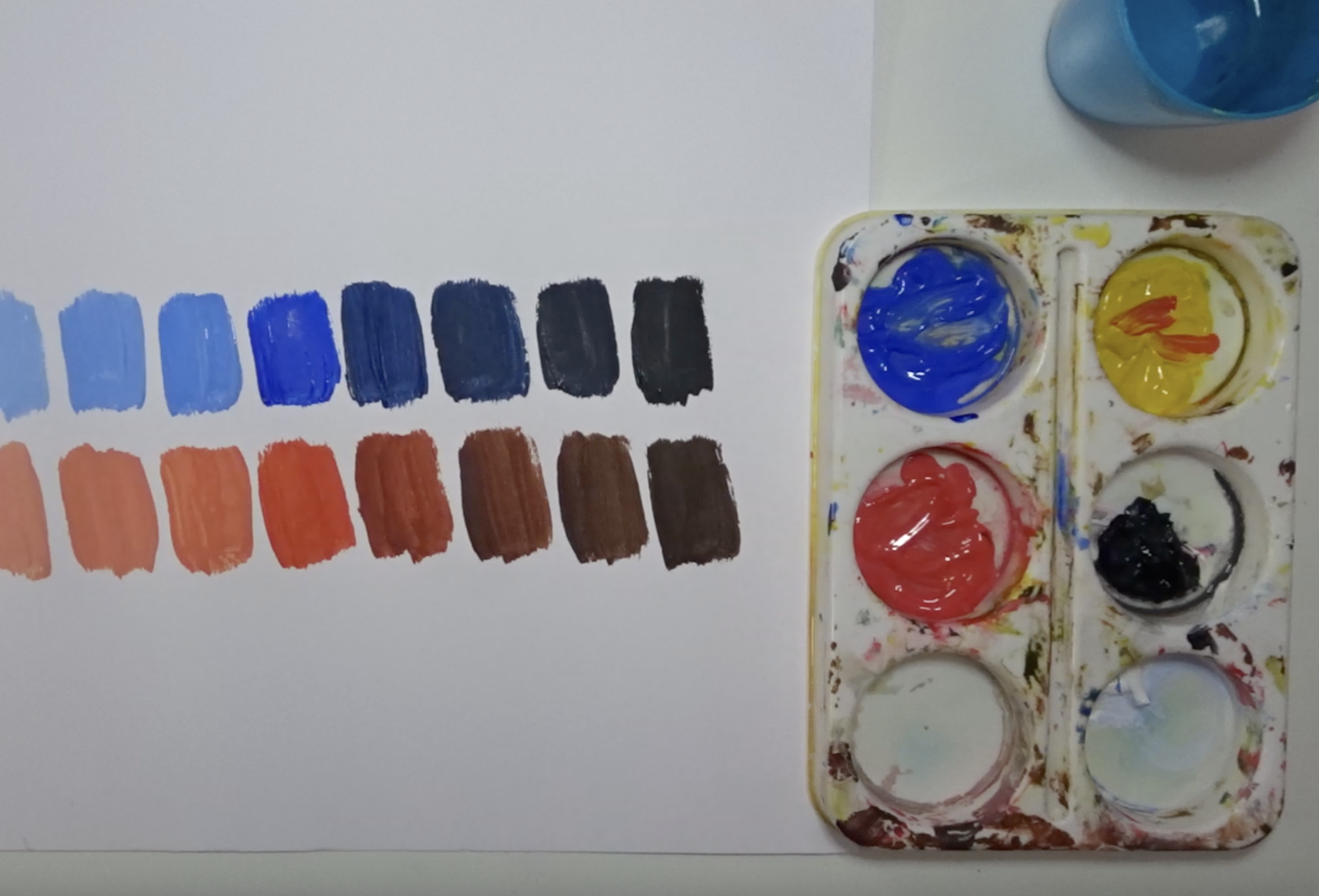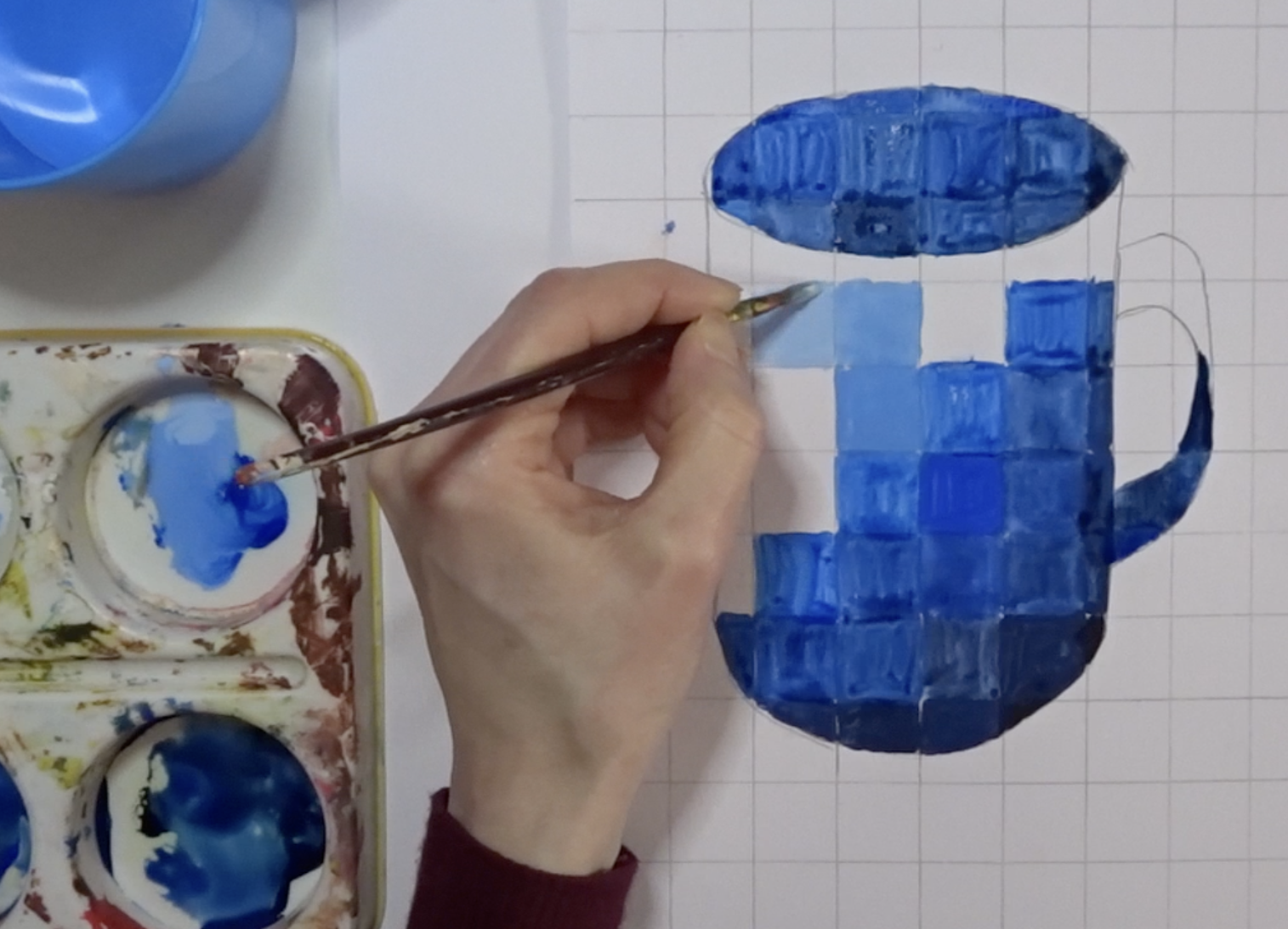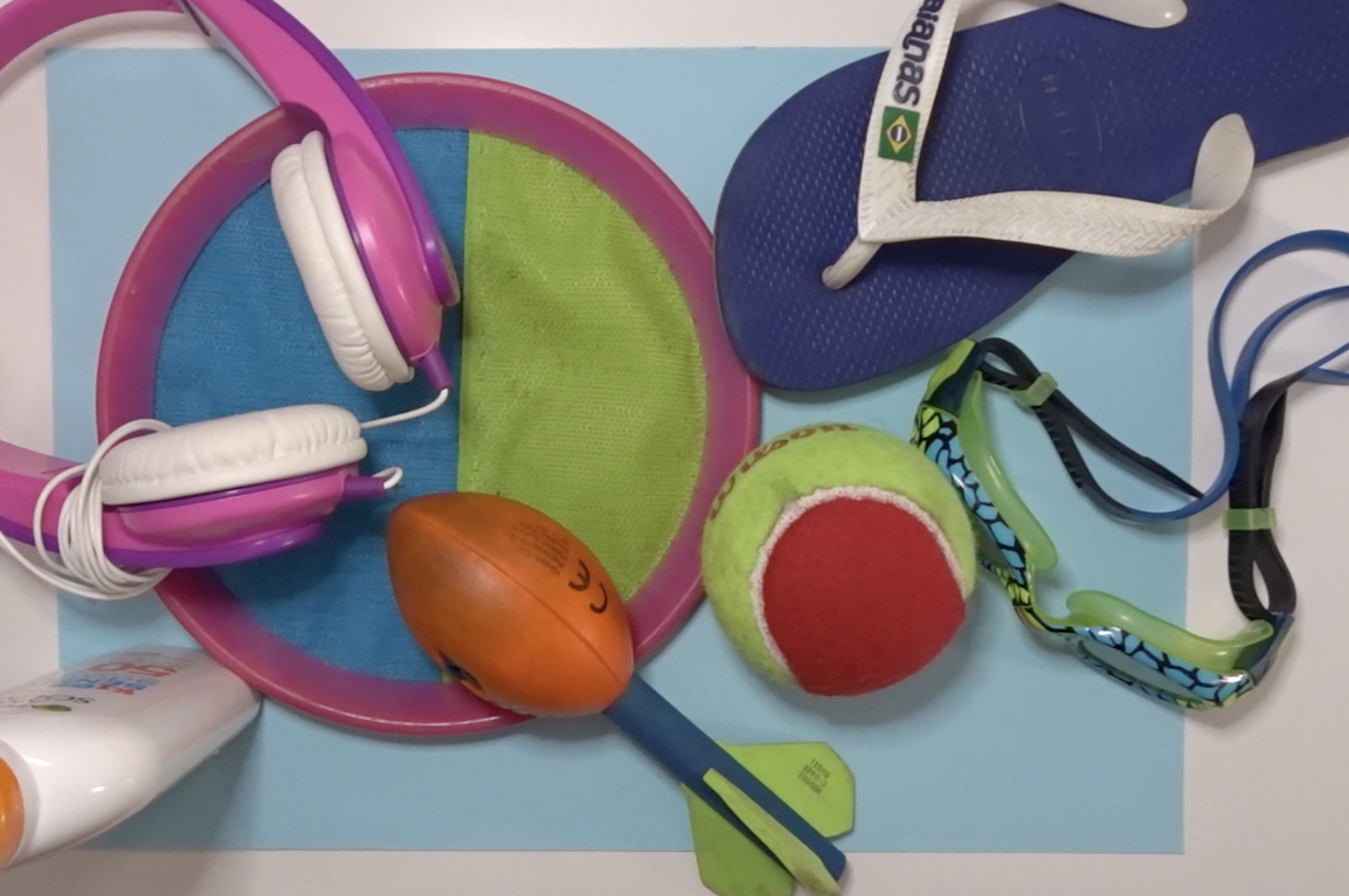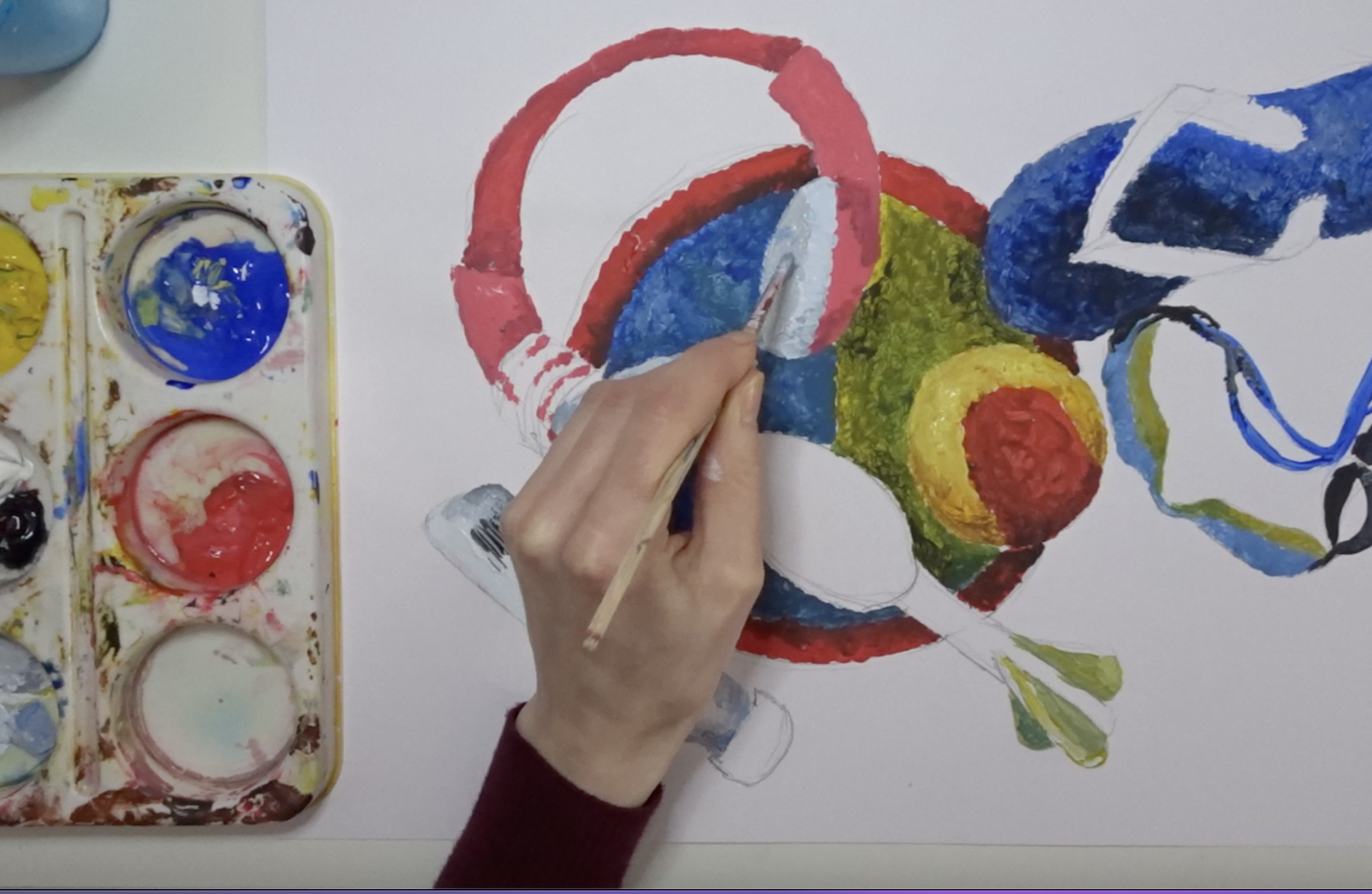Learning intention
- To explore how different painting techniques can create different effects.
Success criteria
- I can describe how I created a paint
This content is for subscribers only. Join for access today.
Cambridge Primary Art & Design (0067) Learning objectives
Experiencing
E.02 Explore media, materials, tools,
This content is for subscribers only. Join for access today.
Before the lesson
This content is for subscribers only. Join for access today.
Lesson plan
Recap and recall
Show the Presentation: Speak like an expert. In pairs, ask learners to explain to their partner the painting techniques they could use to make an object look 3D. Slide 2 shows two pictures of apples that the learners could talk about.
This content is for subscribers only. Join for access today.
Extended-mode explainer videos
How to extend your display to view the lesson page and preseantion mode simultaneously. Choose your operating system below to watch the video
If you need further support with extending your display,
please contact [email protected].
Differentiation
Learners needing support:
- Could work on one painting technique during the lesson.
- Could receive help when choosing painting tools.
Learners working at a stretch:
- Should choose painting techniques that challenge them (for example, if learners usually work in a detailed way, encourage them to try something more expressive).
- Should be independent in organising and using painting equipment.
This content is for subscribers only. Join for access today.
Assessing progress and understanding
Learners with secure understanding can:
- Independently choose their painting tools.
- Discuss how their choice
This content is for subscribers only. Join for access today.
Vocabulary definitions
-
blend
To mix colours to make tints, shades or secondary colours.
-
dabbing
To paint lightly and quickly with short tapping strokes.
This content is for subscribers only. Join for access today.
Example work
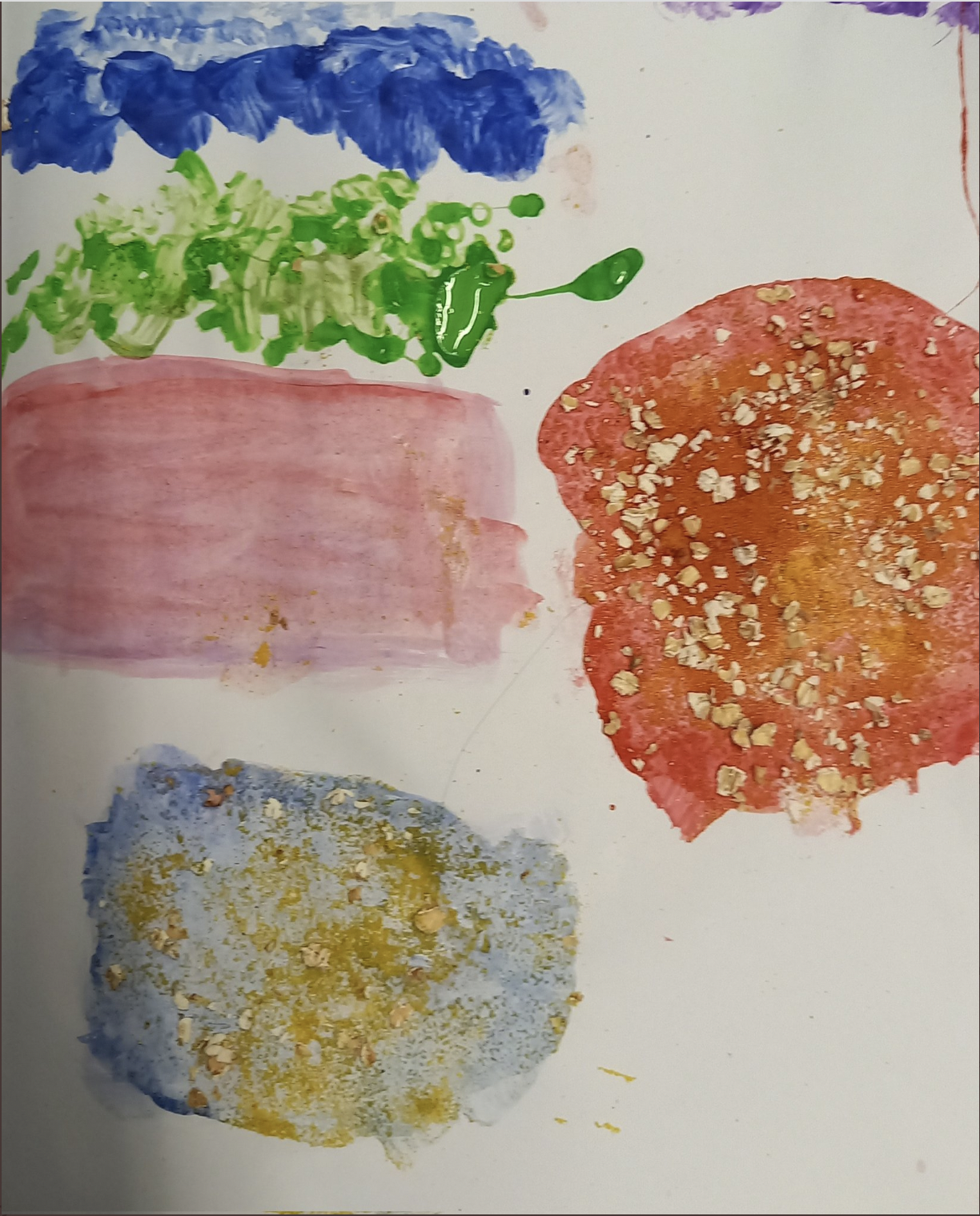
St Anne's Catholic Primary School, Birmingham
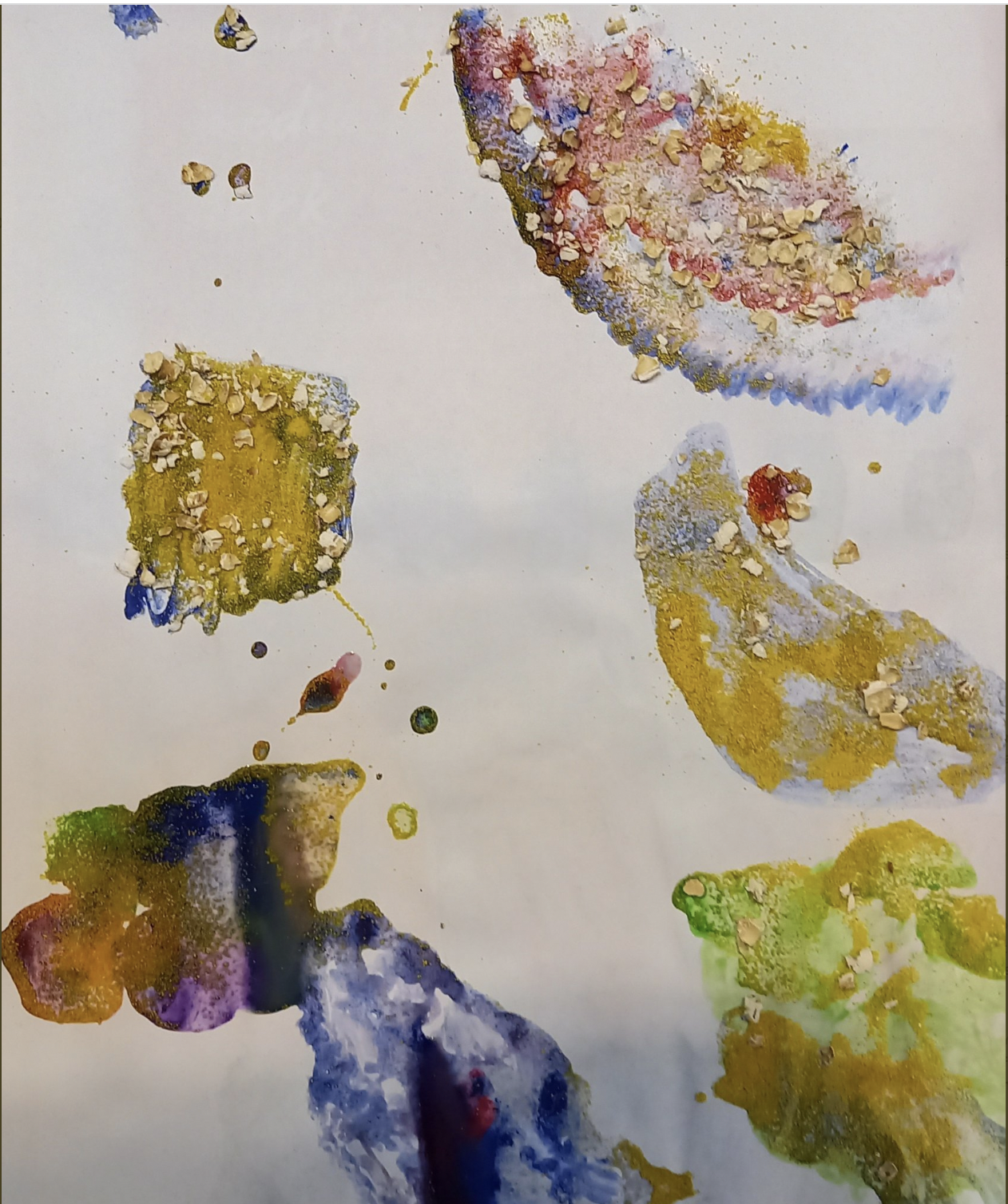
St Anne's Catholic Primary School, Birmingham
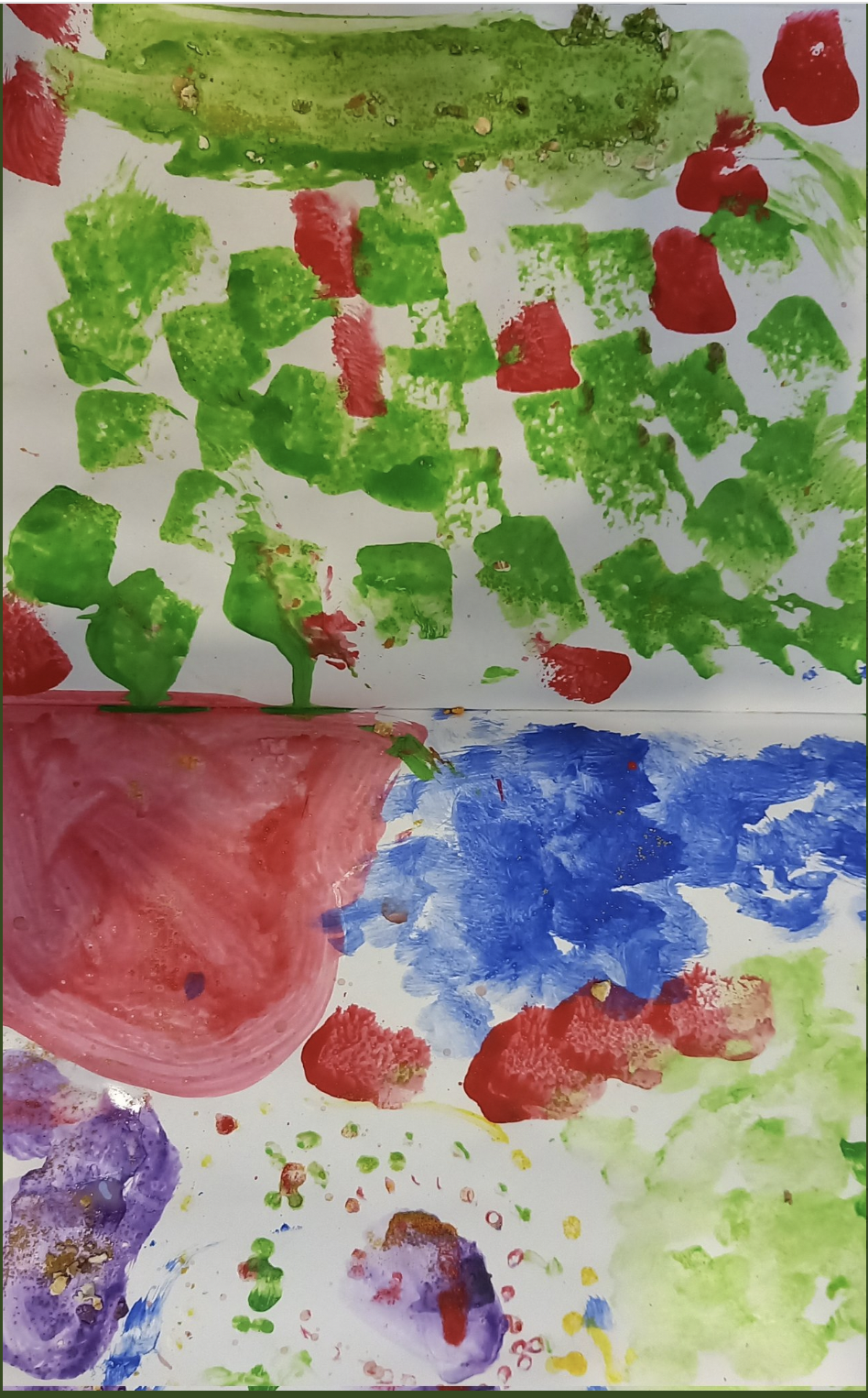
St Anne's Catholic Primary School, Birmingham
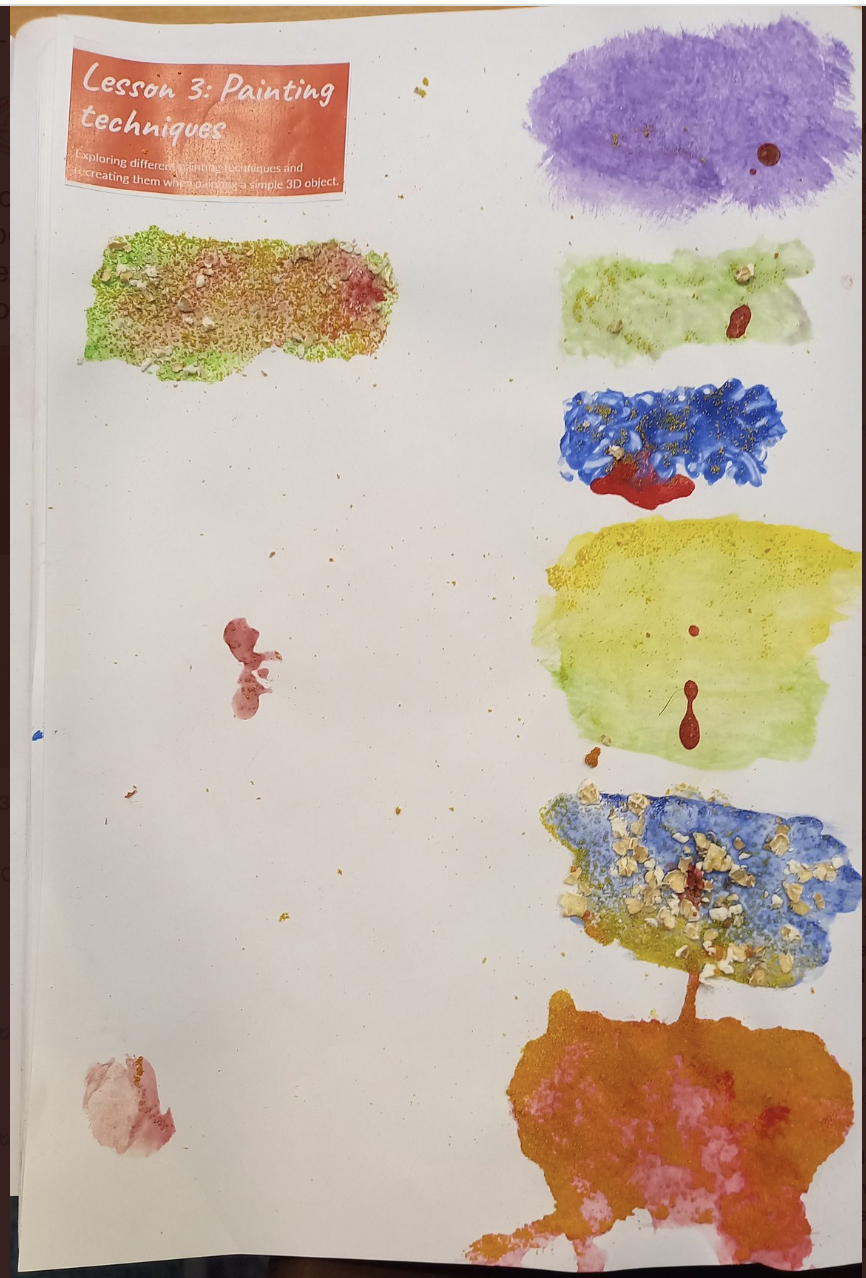
St Anne's Catholic Primary School, Birmingham
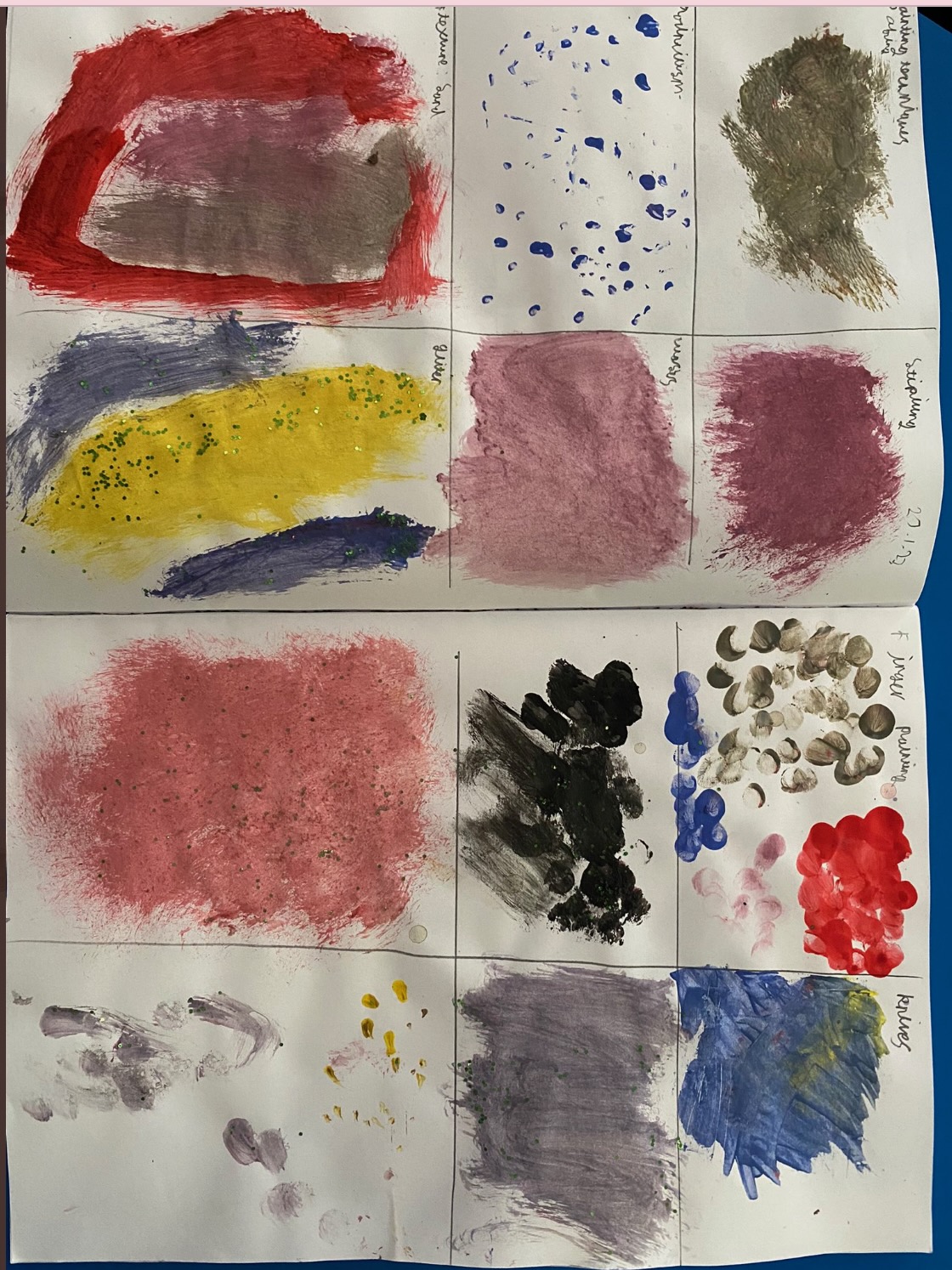
Our Lady of Muswell RC Primary School, London

Our Lady of Muswell RC Primary School, London
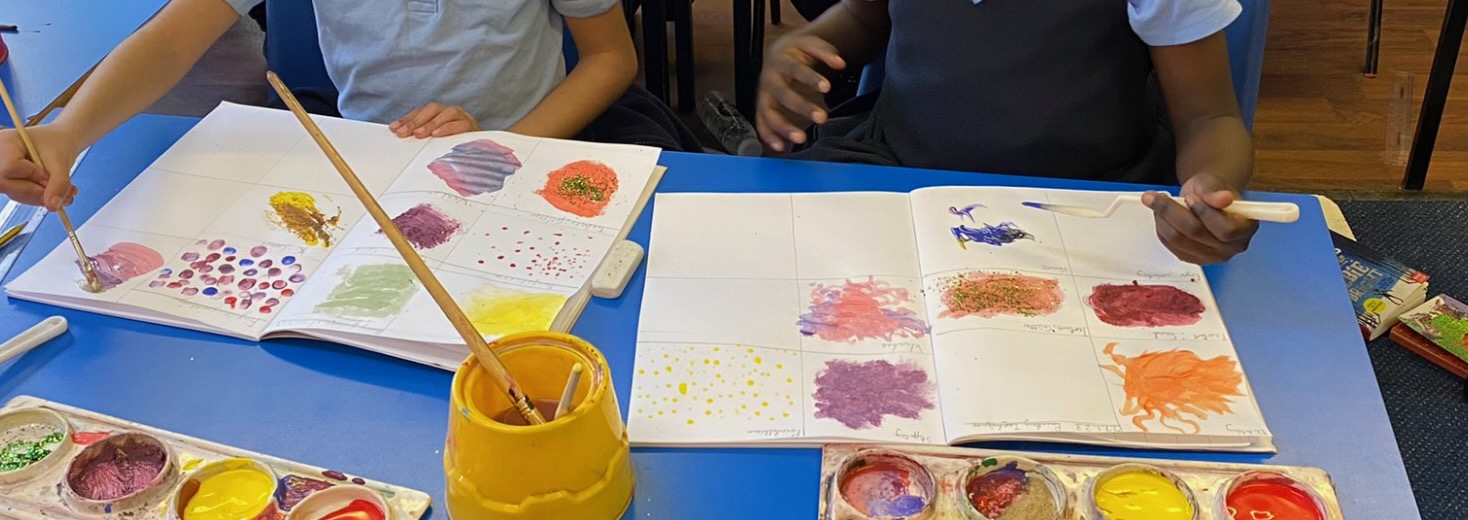
Our Lady of Muswell RC Primary School, London
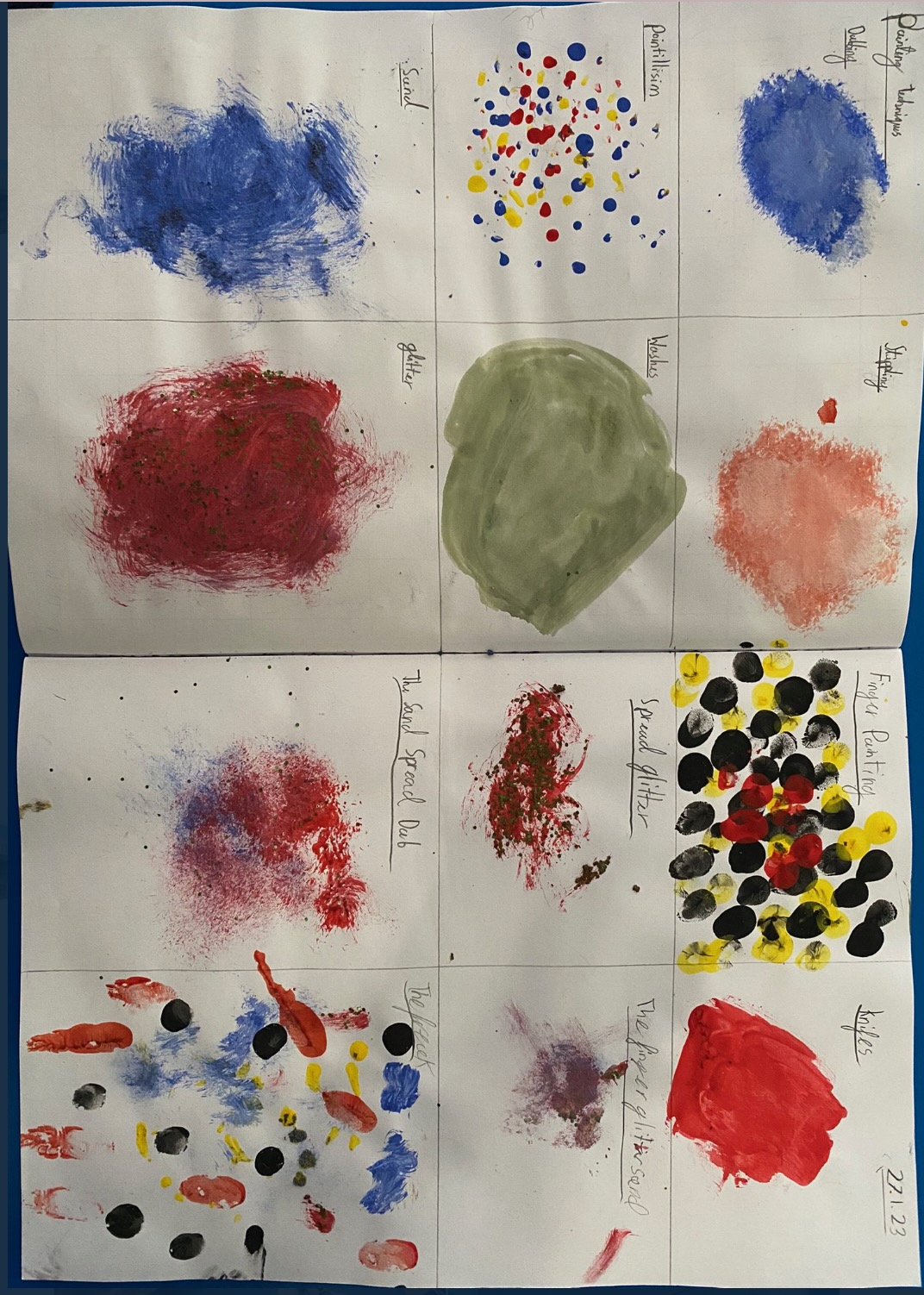
Our Lady of Muswell RC Primary School, London
This content is for subscribers only. Join for access today.
In this unit
Lesson 1: Tints and shades
Lesson 2: Three dimensions
Lesson 3: Painting techniques
Lesson 4: Composition
Lesson 5: Still life
